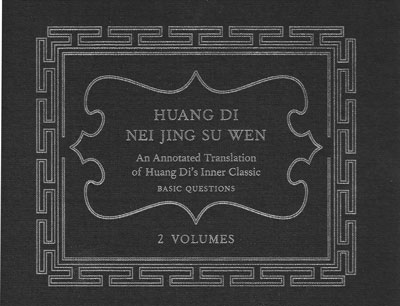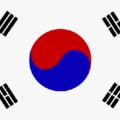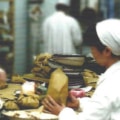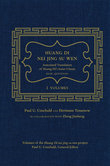
In summer, 2011, University of California Press will publish the final two volumes of the four volume Huang Di Nei Jing Su Wen project, edited by Paul U. Unschuld. As a consequence, for the first time one of the most ancient Chinese medical texts will become available in an English edition meeting the highest standards of historiography and philology. The first volume, was published by the University of California Press in 2003 under the title Huang Di Nei Jing Su Wen. Nature, Knowledge, Imagery in an Ancient Chinese Medical text (520 pages). In it Paul Unschuld introduced the history of the text, and offered a first comprehensive survey of the Su wen – its view of the human body, its notions of disease, as well as therapeutic strategies. In a lengthy epilogue of 105 pages, written with the assistance of Jinsheng Zheng and Hermann Tessenow, the so-called “doctrines of the five periods and six qi”, presumably dating from the Han era and introduced into the Su wen in the eighth century, were delineated in a detailed manner never attempted in Western literature before.
A second volume appeared in 2009, also published by University of California Press entitled A Dictionary of the Huang Di Nei Jing Su Wen (812 pages). Authored by Hermann Tessenow and Paul U. Unschuld, this Dictionary covers all 1866 different characters found in the Su Wen, as well as meaningful compounds, together constituting a complete text of more than 88.000 characters. Entries list different readings and meanings of characters, including identical characters, offer quotations of up to ten characters to reflect first appearance contexts, and identify the number of occurrences of characters and compounds with a given meaning. The entire text of the Su wen is reproduced in an appendix. A CD offers two concordances enabling users to locate characters and passages quickly.
The two final volumes, authored by Paul U. Unschuld and Hermann Tessenow in collaboration with Jinsheng Zheng, will be published by University of California Press in spring 2011 under the title Huang Di Nei Jing Su Wen. An Annotated Translation of Huang Di’s Inner Classic – Pure Questions. They offer, in some 1600 printed pages, a complete and profusely annotated English translation of the Su wen based on rigid standards of philology, the first of its kind to be published. The authors have collected and evaluated more than 600 Chinese and Japanese monographs dating from over the past 1600 years, and close to 3000 articles written by Chinese authors in the 20th century, in addition to the work of Western scholars. Thanks to this rich material, a large number of alternative views and intepretations of the meanings of individual characters and shorter or longer text passages are included in the footnotes. Often views of Chinese and Japanese commentators of the past offer alternatives to the interpretations of the present edition. They have been cited to provide readers with as much information on the different readings and interpretations of the Su wen as possible.
The translation is based in the historical-anthropological approach championed by Paul U. Unschuld in his long-term research of the history of thought in Chinese medicine. It aims to elucidate the original images and metaphors in the Chinese terminology, thereby showing the close relationship between ancient Chinese society, culture and world views and understandings of the nature of disease and health. The translation also takes into account the fact that about two thirds of the textus receptus of the Su wen is a compilation. This textus receptus presumably dates from the first century CE, and is based upon excerpts or complete quotations from a large number of shorter texts written as early as the third or second century BCE. In the present translation, for the first time, an attempt has been made to reveal the different historical layers of the Su Wen in their structural relationships to the whole and to one another.
The appearance of the complete set of four volumes of the Huang Di Nei Jing Su Wen project marks the culmination of a pioneering effort. No other seminal text of ancient Chinese life sciences has been devoted as much scholarly attention as the Su Wen now has received. This new annotated English translation will offer readers in the West and in East Asia a wealth of stimuli for further research, with the ultimate goal of a better understanding of a core aspect of Chinese and East Asian culture. It will allow the Su Wen’s comparison with similar documents of ancient European civilisation.
Prices of the four volumes are as follows:
Vol. 1: Huang Di Nei Jing Su Wen. Nature, Knowledge …
Vol. 2: Dictionary of the Huang Di Nei Jing Su Wen
Vol. 3 + 4: Huang Di Nei Jing Su Wen. Annotated Translation…
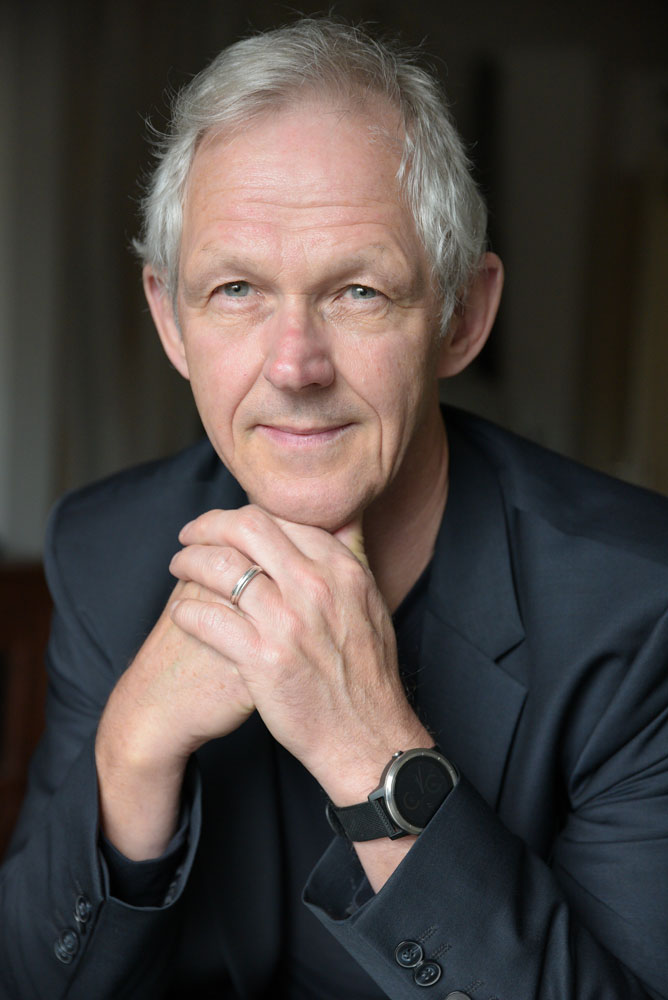
Spezialist für Fachbücher aus Akupunktur, Traditioneller Chinesischer Medizin, Qigong, Naturheilverfahren, Homöopathie und Physiotherapie. Jährlich auf vielen, wichtigen Kongressen wie der TCM-Kongress in Rothenburg, dem ASA-Kongress und dem Tao-Kongress in Österreich vertreten. Seit Jahren Verlagsleiter eines Verlages für TCM, Akupunktur und Homöopathie.


